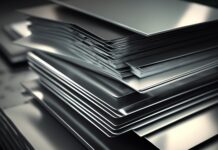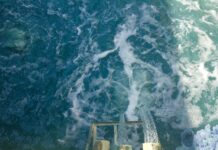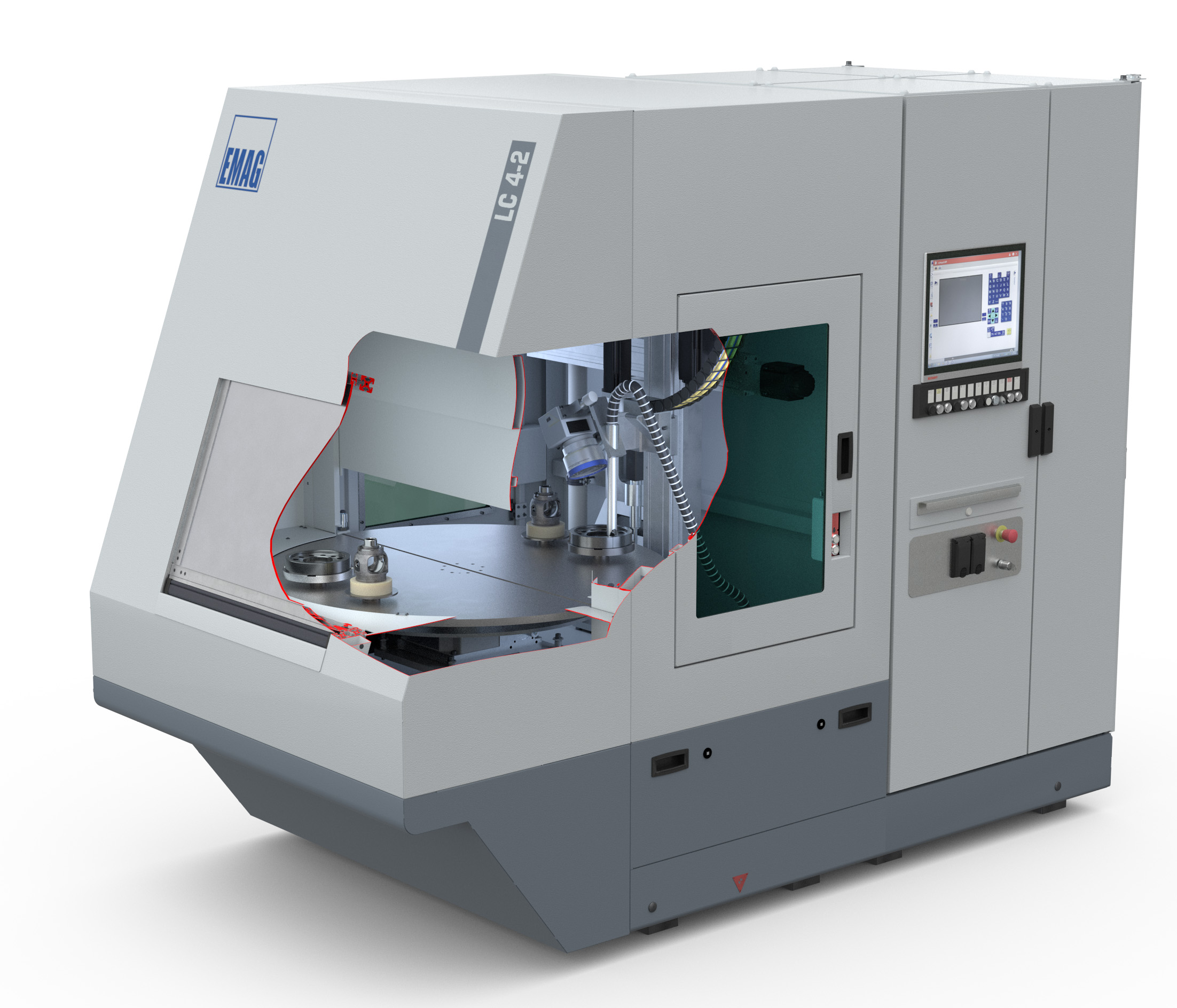More than many other auto parts, brake discs are subject to repeated mechanical loads. As a result of this continual abrasion, they produce fine particulate matter, which pose a substantial environmental burden. Now, however, a new coating process developed by the Fraunhofer Institute for Laser Technology ILT and RWTH Aachen University can significantly reduce this impact.
Traditional brake discs are made of grey cast iron containing lamellar graphite phases.The virtue of this material lies in its good thermal conductivity and high thermal capacity, all for a relatively low price. The downside is a strong propensity to corrode coupledwith high material wear during service, which generates substantial emissions of fine particulate matter. To date, it has proved difficult to provide adequate protection for brake discs by means of conventional coating processes such as electroplating or thermal spraying. The problem with such processes is that they do not produce a metallurgical bond between the cast iron and the protective coating; moreover, they are expensive and use a lot of materials. Now, however, a new process avoids these drawbacks. Developed by Fraunhofer ILT in Aachen, together with the Chair for Digital Additive Production DAP at RWTH Aachen University, it is known as Extreme High-speed Laser Material Deposition (EHLA).
Advance on conventional processes
Coatings produced with conventional processes have pores and cracks. With the EHLA process, the coating remains intact and therefore provides longer and more effective protection for the component. This increases service life and prevents early failure as a result of damage to the surface of the brake disc. Moreover, the process is suitable for a wide range of materials. Therefore, it is possible to select an environmentally friendly coating for each specific application. The EHLA process is a new process variant on the well-known laser material deposition, which has proved highly successful in areas such as the repair of turbine blades. EHLA does, however, have a number of decisive advantages.
High process speed reduces heat input
With the EHLA process, the powder particles of the coating material are melted directly in the laser beam, rather than in a melt pool on the surface of the component. Since the melt pool now is fed by liquid drops of material rather than solid particles of powder, the coating process is much faster, rising from the 0.5–2 meters per minute with conventional laser material deposition to as much as 500 meters per minute. This also substantially reduces the exposure to heat of the material being coated. Unlike conventional laser material deposition, where the heat affected zone can have a depth of one or more millimeters, thermal exposure with the EHLA process remains in the micrometer range. This enables the use of entirely new material combinations such as coatings for aluminum or – as with the brake discs – cast-iron alloys. The low heat input prevents the carbon to dissolve from the brake disc into the melt, otherwise resulting in brittle phases, pores, joining defects and cracks in the coating and bonding zone. In other words, it is now possible for the first time ever to provide brake discs made of gray cast iron with an effective coating that is firmly bonded with the base material.



